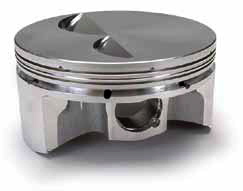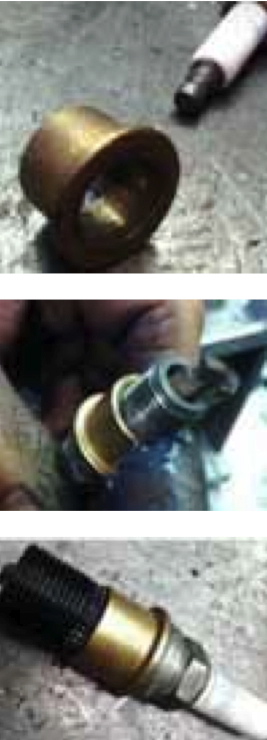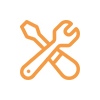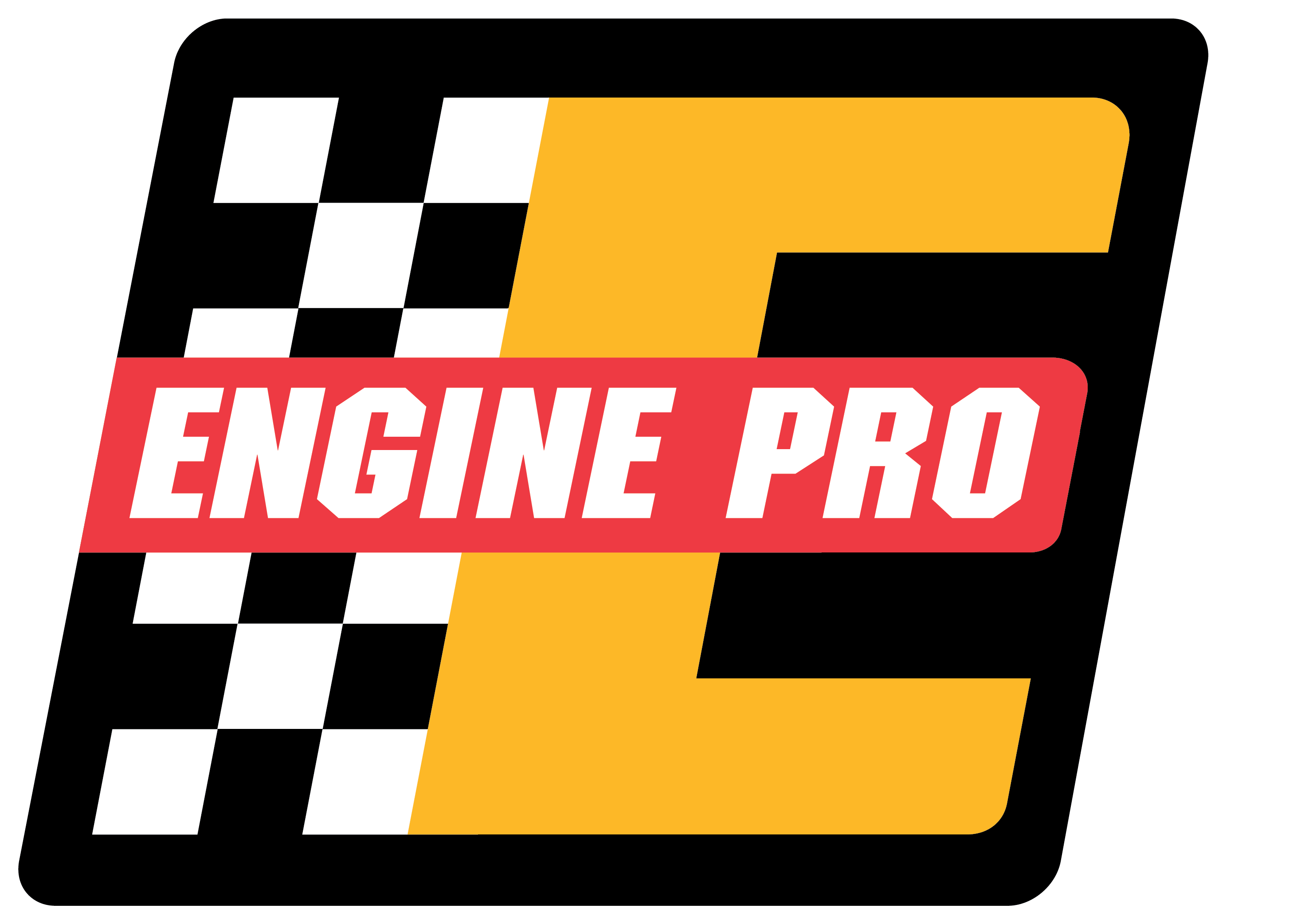BROWSE BY CATEGORY
BROWSE ALL SHOP SOLUTIONS

MAGNETIC CATCH MATS
Feb 1, 2014 | CYLINDER HEADS
MAGNETIC CATCH MATS Small valve locks, especially those for obscure import applications, can be difficult to get into place and inevitably, if you’re not careful, can pop out and easily get lost on or under your work station. Magnetic sheeting is available in one foot...
SILICON AND GLASS BEADS DON’T MIX
Feb 1, 2014 | DISASSEMBLY & CLEANING
SILICON AND GLASS BEADS DON’T MIX Many times you will have an aluminum head with some left over silicon gasket on the surface. Attempting to bead blast the silicon off will only result in a damaged cylinder head. The aluminum will continue to be worn away by the...

CHANGES IN PISTON DESIGN
Feb 1, 2014 | PISTONS & RINGS
CHANGES IN PISTON DESIGN Last month we discussed changes in piston ring design. Changes in rings also mean changes in the pistons they ride on. A century ago you could find cast iron pistons in your motor. Aluminum soon proved to be a lighter weight and more durable...

Replacement Head I.D. for Ford 6.0L Diesel
Jan 1, 2014 | CYLINDER HEADS
Replacement Head I.D. for Ford 6.0L Diesel Identifying a Ford 6.0L head by dowel size alone does not necessarily get you the correct replacement cylinder head. Ford/International has two casting numbers for their 6.0L head, the early 1843080C1 through C4 heads which...

Installation Tool for Spark Plug Repair Inserts
Jan 1, 2014 | TOOLING
Installation Tool for Spark Plug Repair Inserts This tool was developed after I got frustrated with supplier installation devices. It is faster, easier and works with most spark plug thread repair inserts, including Perma-Coil, Time-Sert and Heli-Coil. Start with a...

Keep Chuck Keys in Check
Jan 1, 2014 | TOOLING
Keep Chuck Keys in Check This isn’t the most high-tech Shop Solution in the world, but it can save you hours of lost time and aggravation. Have you ever wasted time looking for your drill’s chuck key or fought chucking in a bit with the key tethered or taped to the...

